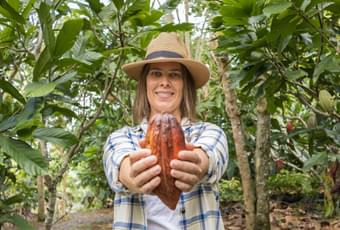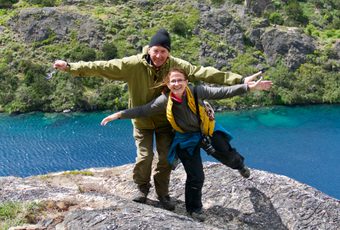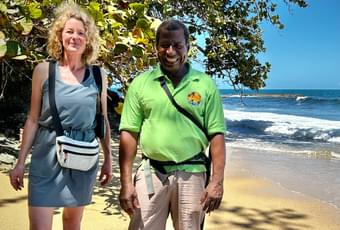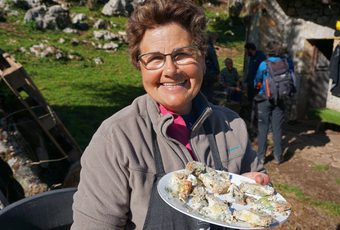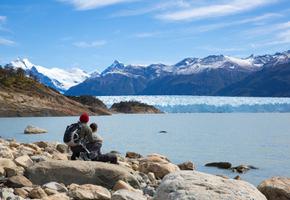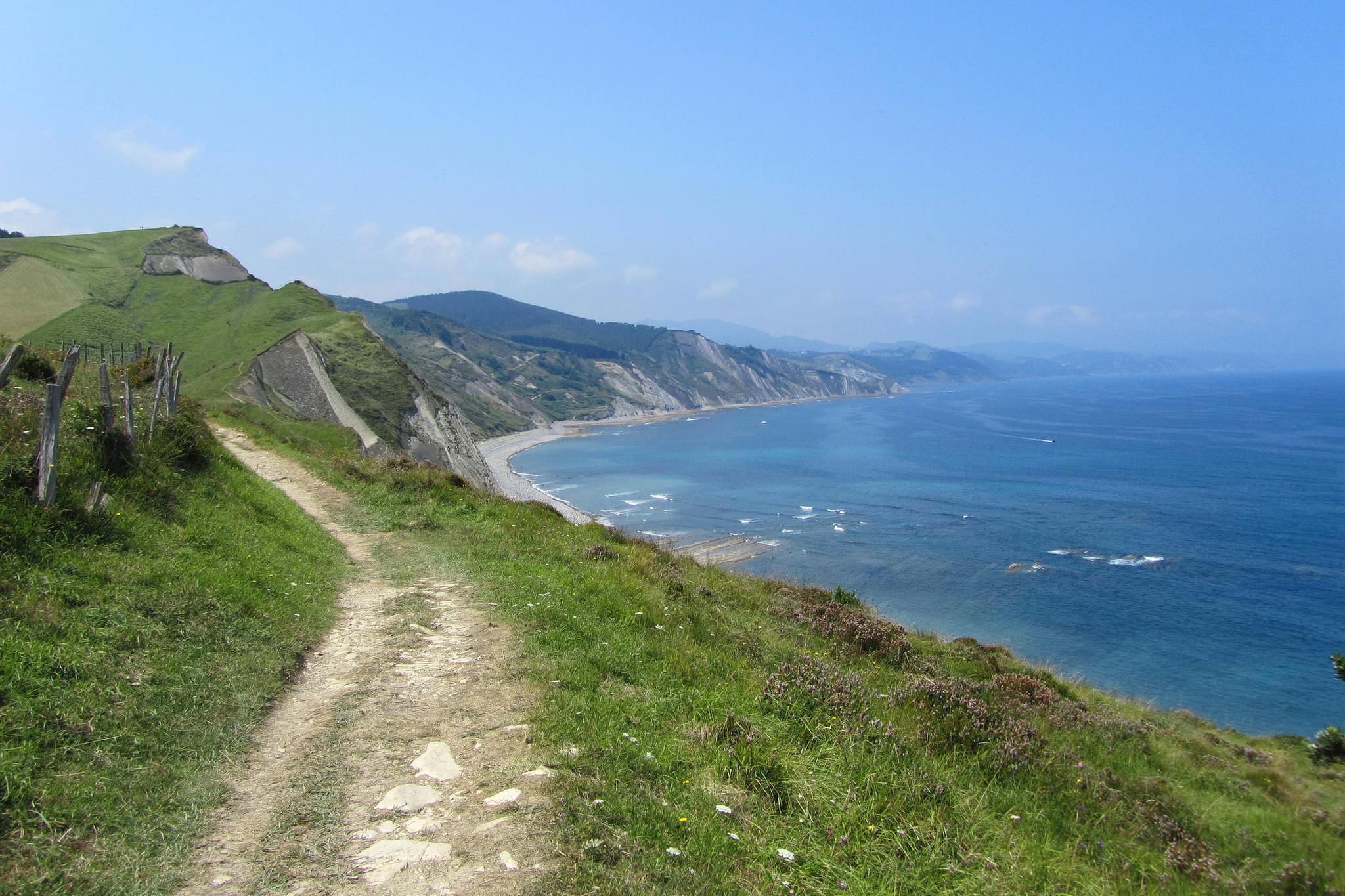
Basque Country Vacations

March to June
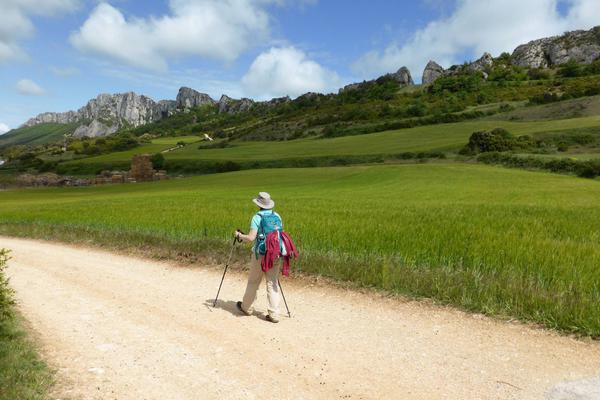
Cider season
Late January to early May
The first seasonal highlight of the Basque calendar is the txotx. It’s actually easier to pronounce than it looks - a simple ‘choch’ will suffice - but let’s call it what it really is: cider season.
The word translates directly as the stopper which holds the cider in its barrel and its this stopper which is first removed towards the start of the year for the first taste of the new batch. People gather in cider barns across the region, but especially in the villages near San Sebastian, to fill their jars with the cider and their plates with delicious seasonal food - cod, steak and all.
If you’re thinking about an early spring break, you might not need a lot of convincing to coincide it with the opening of the barrels. Let us know if we can get you out there and into one of our favourite cider barns.
Trip idea: Basque Cultures & Cuisines: A Private Guided Journey
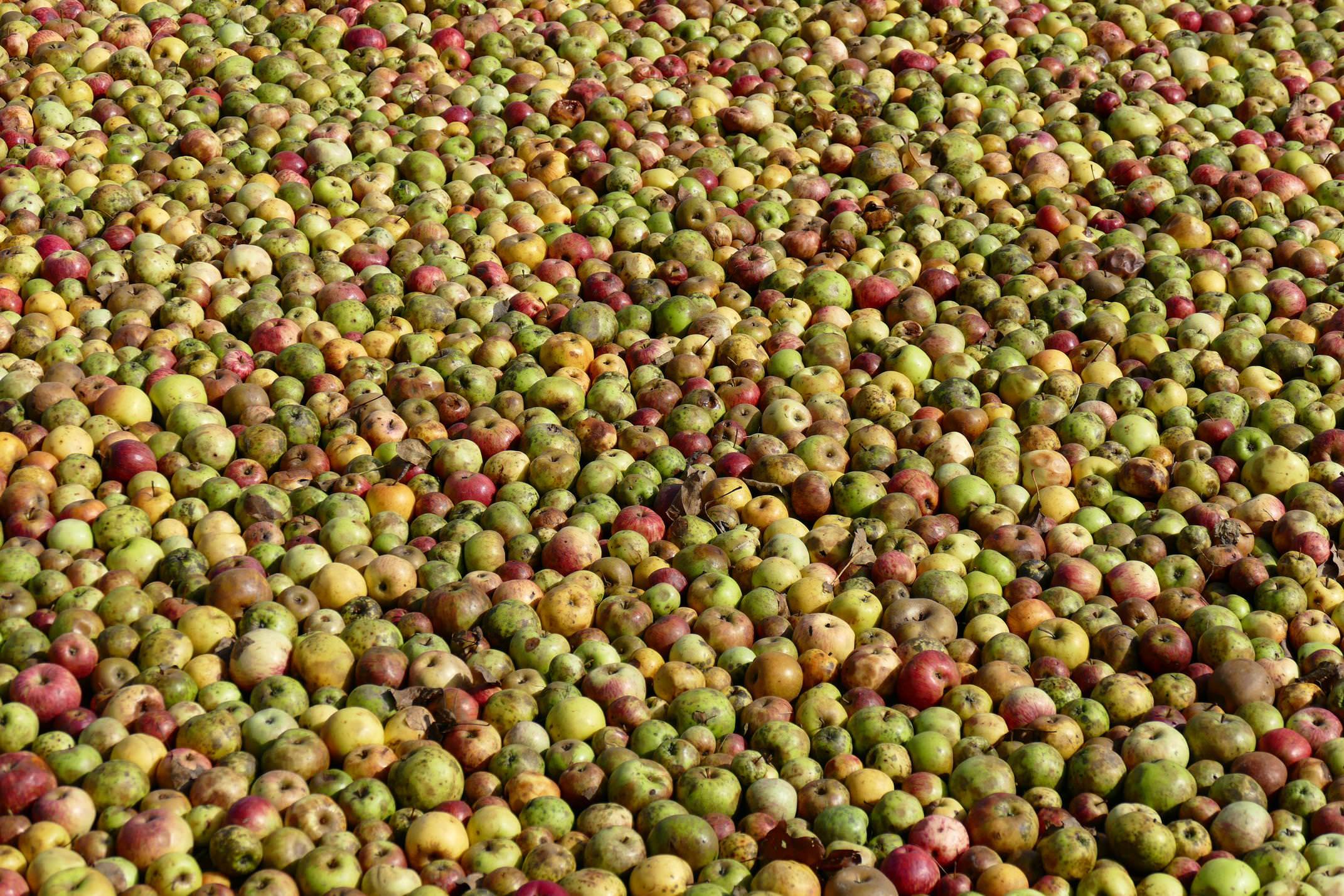
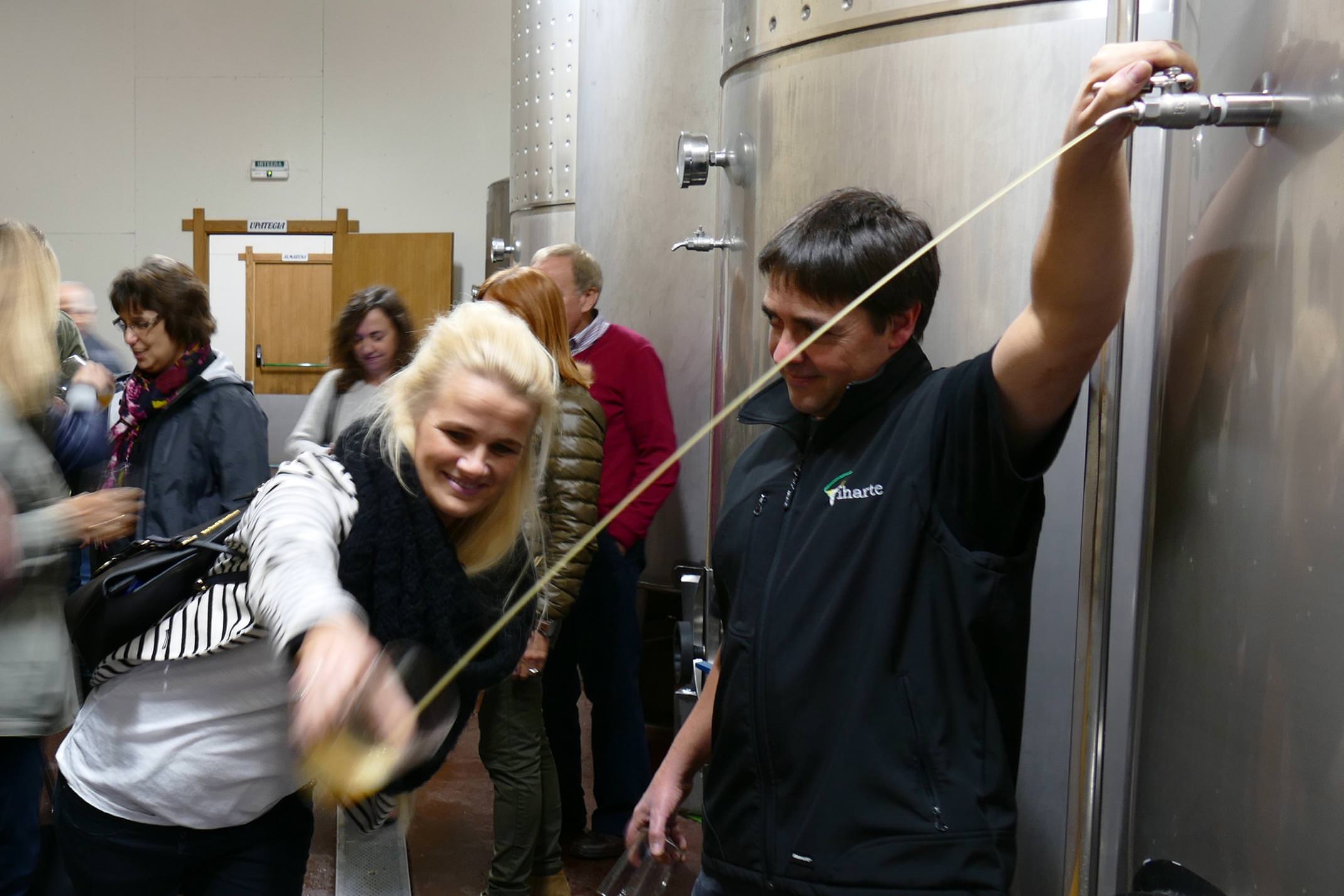
Perfect walking weather
Late March through June
Boots on. Walking poles dusted off. Open trails ahead.
Like the rest of Spain, springtime is a truly wonderful time to go walking in the Basque Country. Pastures are rich and green, meadows are carpeted with wildflowers, vineyards are gaining colour and the weather is usually on its best behaviour, with temperatures on the up and rainfall dipping.
Go for a walk through Basque Rioja, or tie together three ancient Caminos, starting on the green hills of the Basque Country
Trip idea: Basque Rioja Inn to Inn Walking Vacation
Trip idea: Three Caminos Inn to Inn Walking Vacation
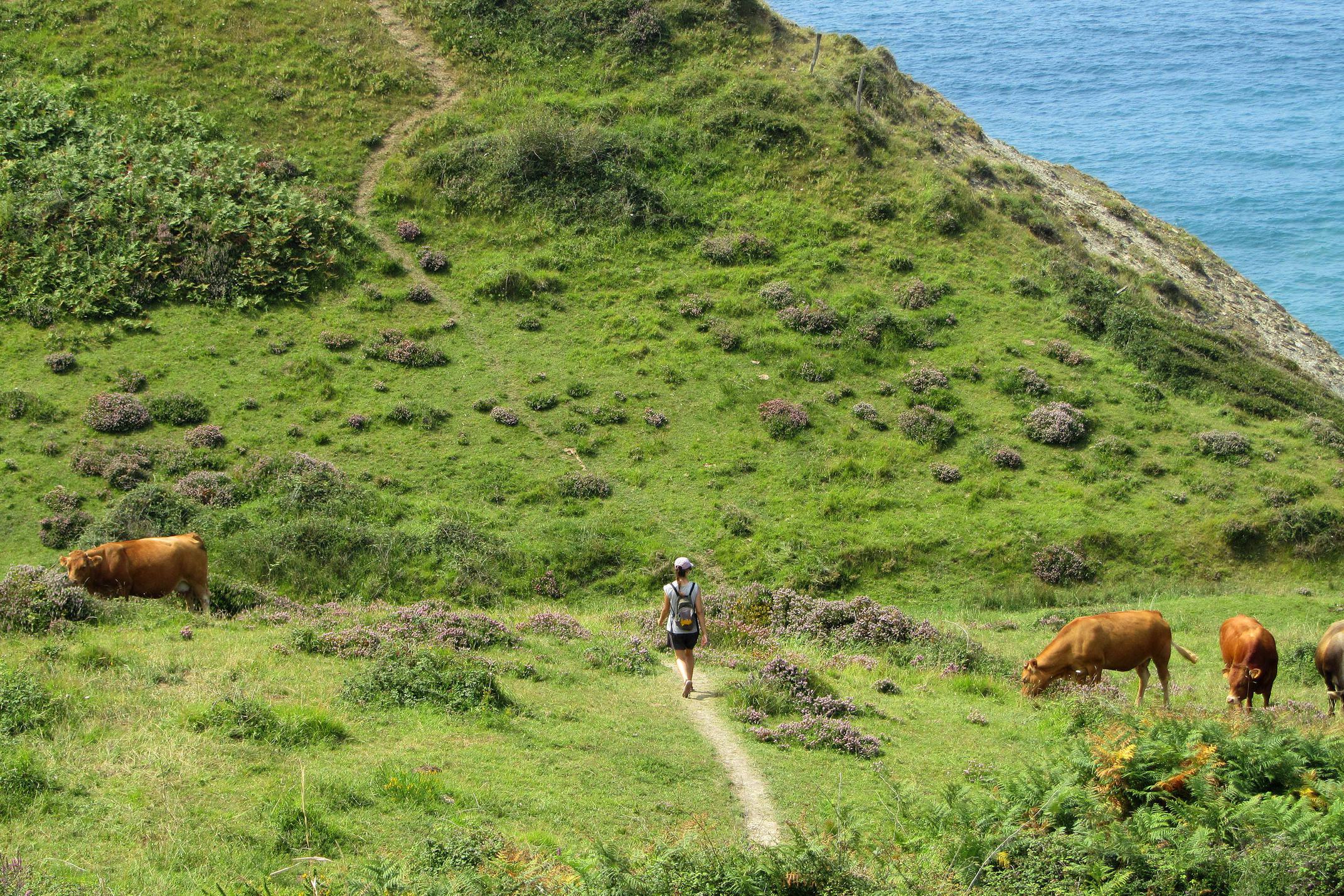
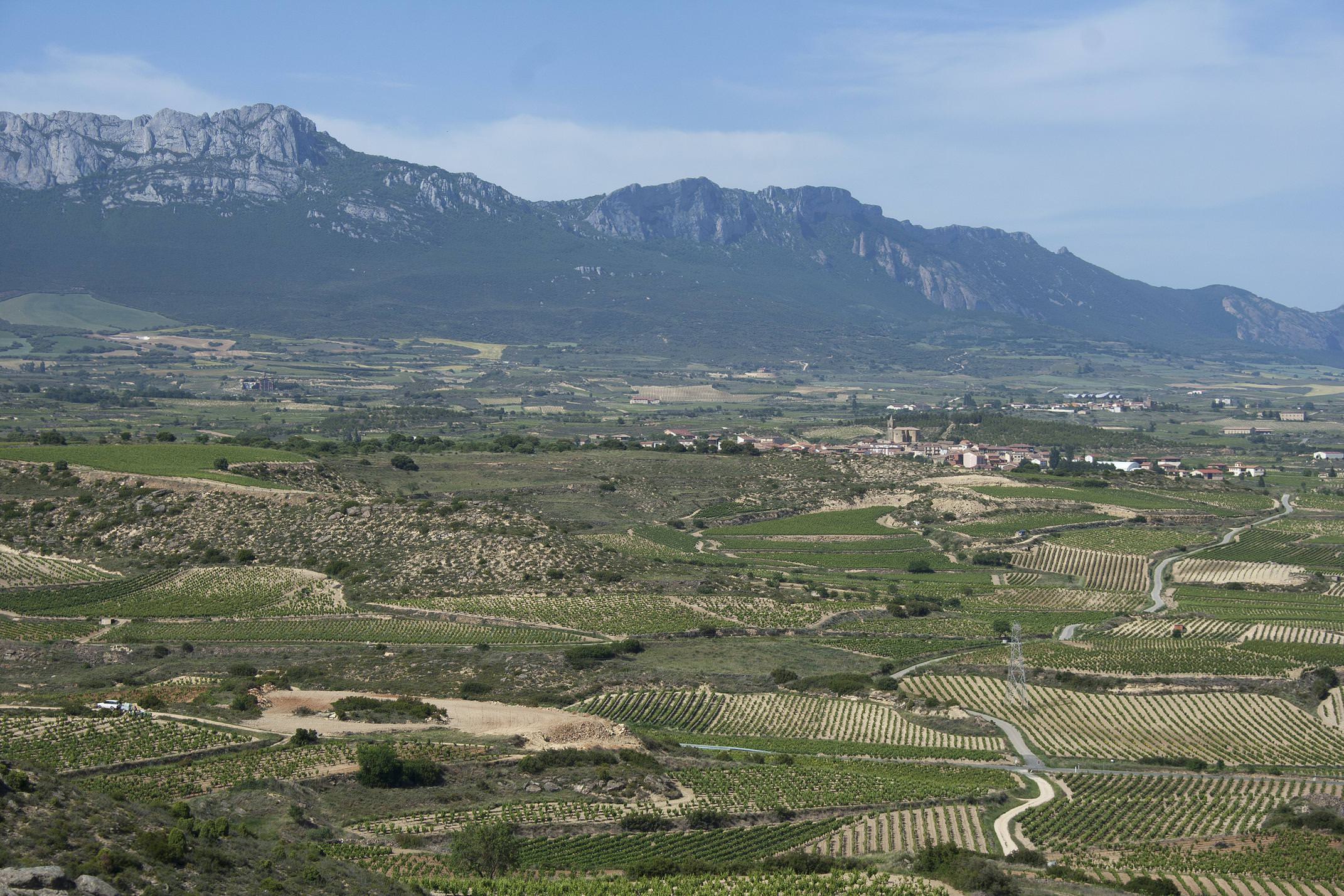
Birdwatching bonanza
April through May
If you’re a keen birdwatcher, or want another way to connect with the nature which surrounds you, consider the Urdaibai Biosphere Reserve a compulsory stopping point as you weave your merry way through the Basque Country. This beautiful coastal wetland estuary bursts into avian life each spring, making these months the best times to visit. Storks, spoonbills and bittens have strongholds here, as do raptors like black kites, osprey and marsh harriers.
Heading out in your boots, with binoculars in hand, is the simplest way to explore, but do consider a guided or self-guided kayak trip for a very different perspective. Your Vacation Guide will tell all.
Travel with Pura Aventura
Exceptional Vacations
Best in class vacations, service, characterful hotels, lovely locals, food and beautiful walks - that's what our clients tell us they love about our vacations, as noted in the highest possible 5* Feefo Platinum Award.
Certified B Corp
We are one of the first UK travel companies to be certified B Corp – regarded by The Independent as the premier sustainability certification, and described by Which? as "meeting the highest standards of social and environmental performance".
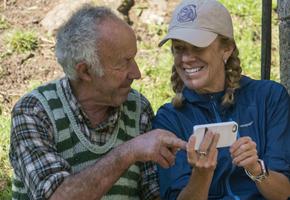
Award-winning Travel Positive
We are proud to have been recipients of awards from both Wanderlust and LUXLife for our sustainable Travel Positive initiative, that includes balancing carbon by 160%, and providing 1% of our revenue to the planet.

